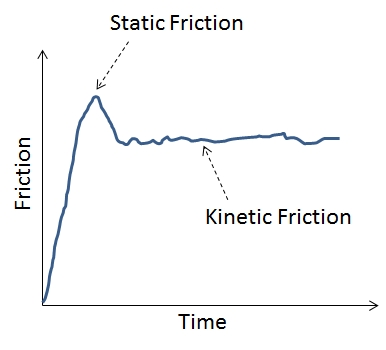I'm having difficulty seeing the difference between a stationary plane and a moving one.
There is no absolute concept motion. Motion is always relative. Whether something is steady or moving depends purely on your choice of reference. And since this is still the same situation, it follows you can't actually feel motion.
Note that at this very moment, you are rotating with Earth at up to 465 m/s (depending on your latitude; where I am it is still about 300 m/s), orbiting the Sun at 29.8 km/s and orbiting the centre of the galaxy at whoping 220 km/s. Can you feel any of that motions? And how much difference does 240 m/s (reasonable speed for a cruising jet) make compared to that?
- When you start the engine in the C172, the blades on the prop are spinning - but the plane doesn't move at all.
The propeller is spinning, and providing some force, but this force is balanced by the wheel friction, and usually the brake friction. Since all forces are in balance, the aircraft is not accelerating and remains steady.
- When taxiing out, it feels like the forward motion is being provided by the wheels - like in a car.
Motion is not a thing that could be provided. Force can.
The force to get the plane moving, and to balance the friction so it does not stop, is provided by the propeller. However, the wheels do provide one thing: vibrations.
The ground is never perfectly smooth, so anything rolling on it, be it a car, train or taxiing aircraft, bounces around a bit. Now bouncing is acceleration, and unlike motion, there is an absolute notion of acceleration and it can be felt. And from your experience with cars, you learned to associate the vibration of rolling with motion.
- When taking off, you can audibly hear the change with the throttle increases.
The propeller spins faster and accelerates the air to faster speed, so the sound increases.
The increase in power is so that the plane accelerates to the point where it is fast enough relative to air to be able to take off.
- In cruise, the plane almost looks the same from the inside as when it's on the ground (i.e. prop spinning). Which is where the weird psychological block is for me - the plane feels stationary even though the horizon/backdrop is moving towards you, and i get that fear kick in that it could drop because there's not enough momentum.
Air does not have the same kind of small bumps ground does. When it's calm, it is much smoother. And while turbulent air may bounce you around a lot, the characteristic is quite different, so you don't get that feeling you associate with motion.
That, combined with the lack of nearby visual references to judge your speed from, means that you don't feel like moving.
You similarly wouldn't feel like moving sitting on the upper deck of large ocean-going ship even though it might be going 50 km/h—the sea surface is too far below for visual reference and the vibration is not there. And similarly you don't feel like moving just sitting at home even though you are still hurling through the space at 190–250 km/s.

